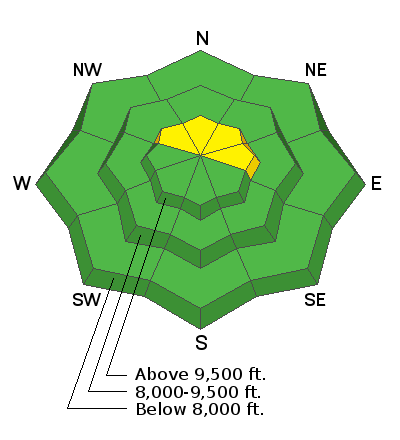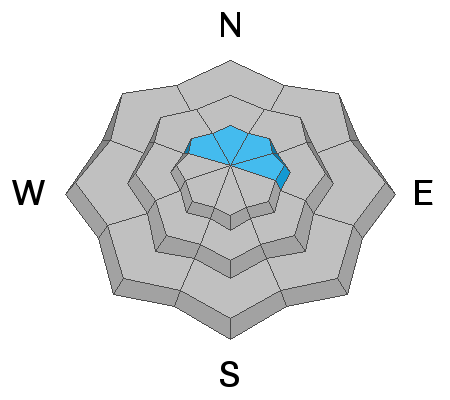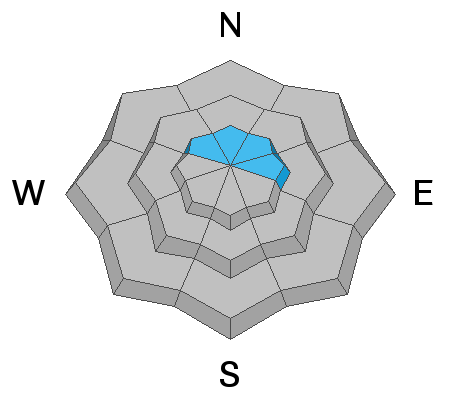Forecast for the Provo Area Mountains

Issued by Drew Hardesty on
Monday morning, November 25, 2019
Monday morning, November 25, 2019
The avalanche danger will be on the rise with the first of two storms. The danger today will start out at LOW and move to MODERATE by early afternoon. Sluffing will be likely early on with human triggered slab avalanches possible by the afternoon. There will come a time (late afternoon?) when we will be able to trigger avalanches from a distance or below.
Caution should be observed with changing conditions today.

Low
Moderate
Considerable
High
Extreme
Learn how to read the forecast here





